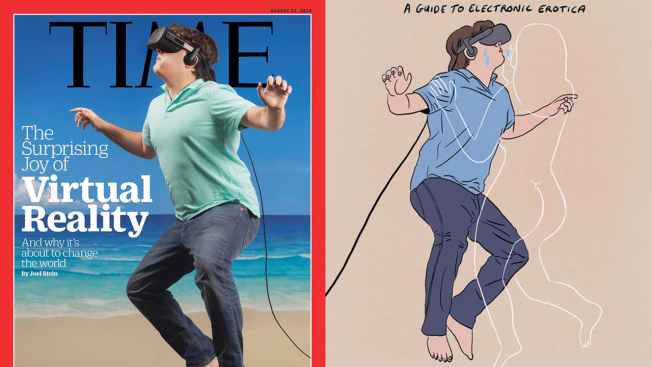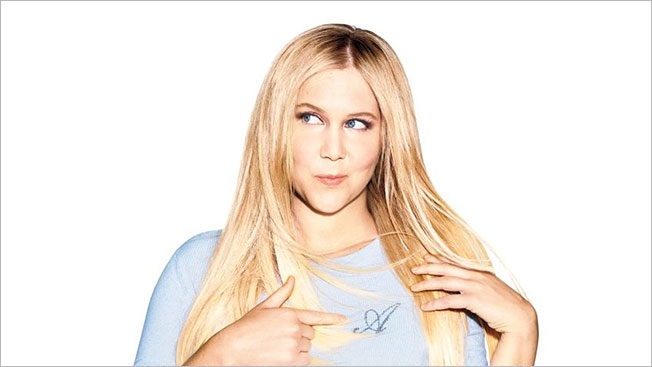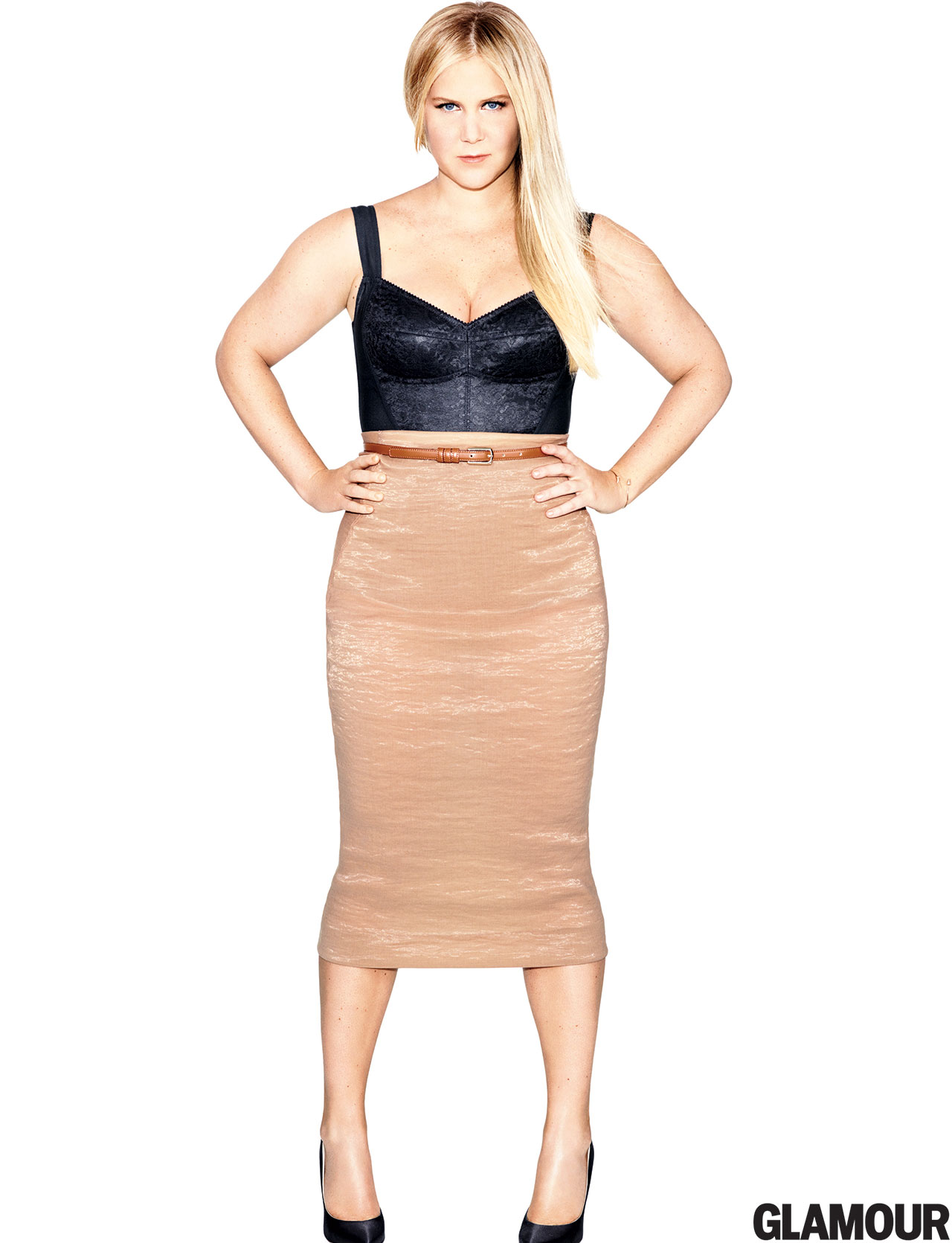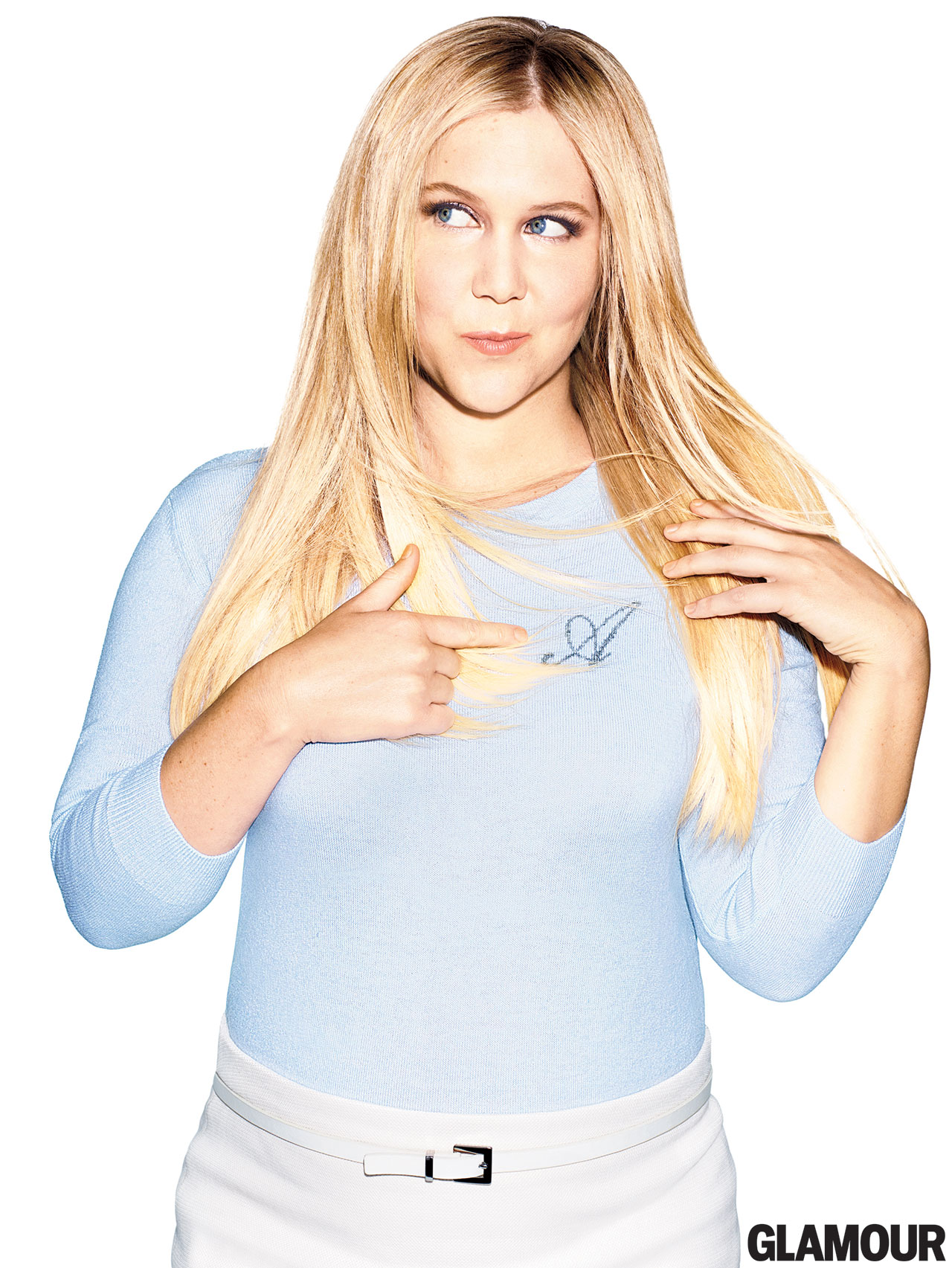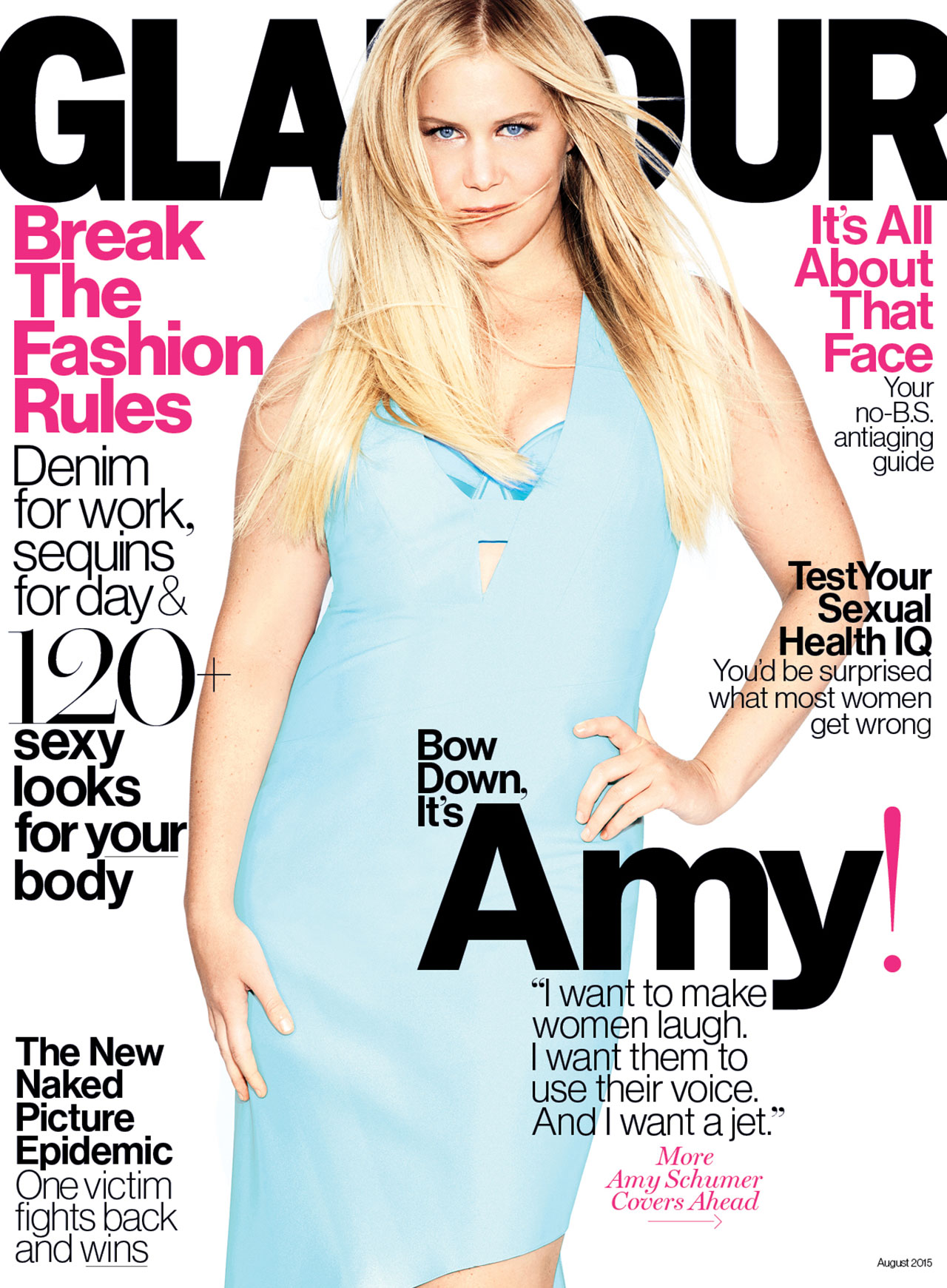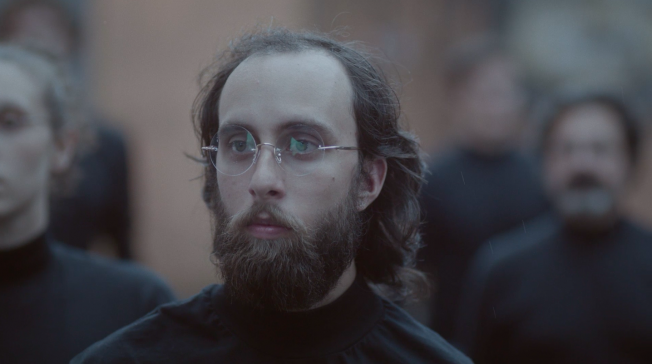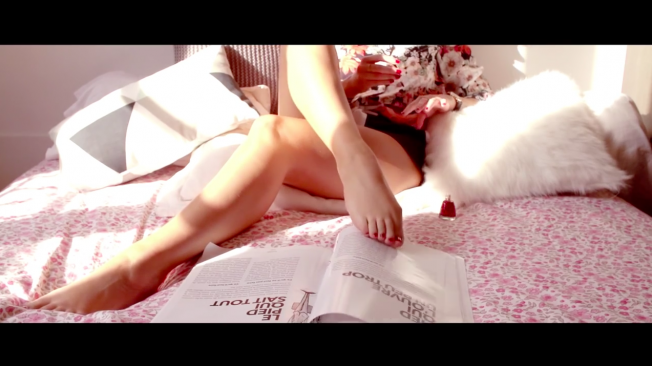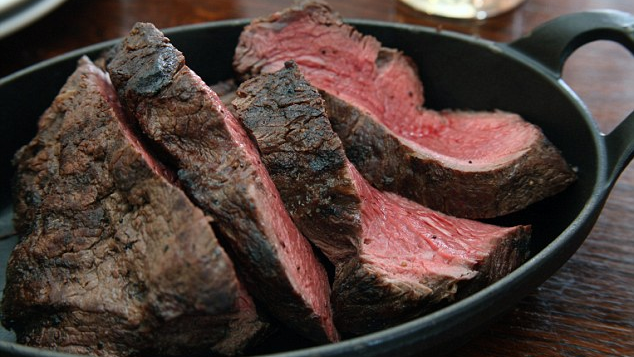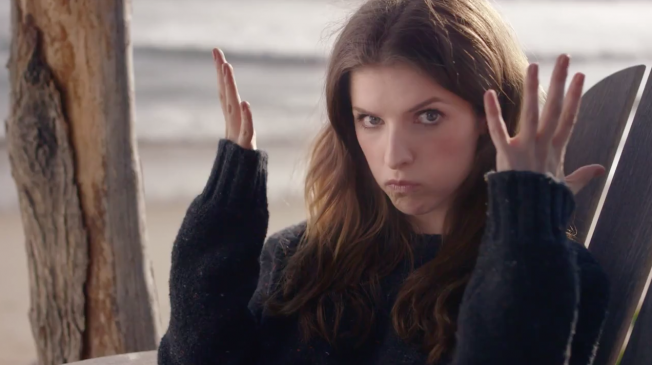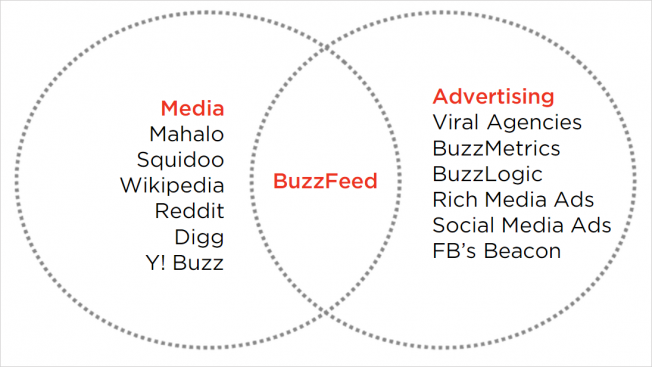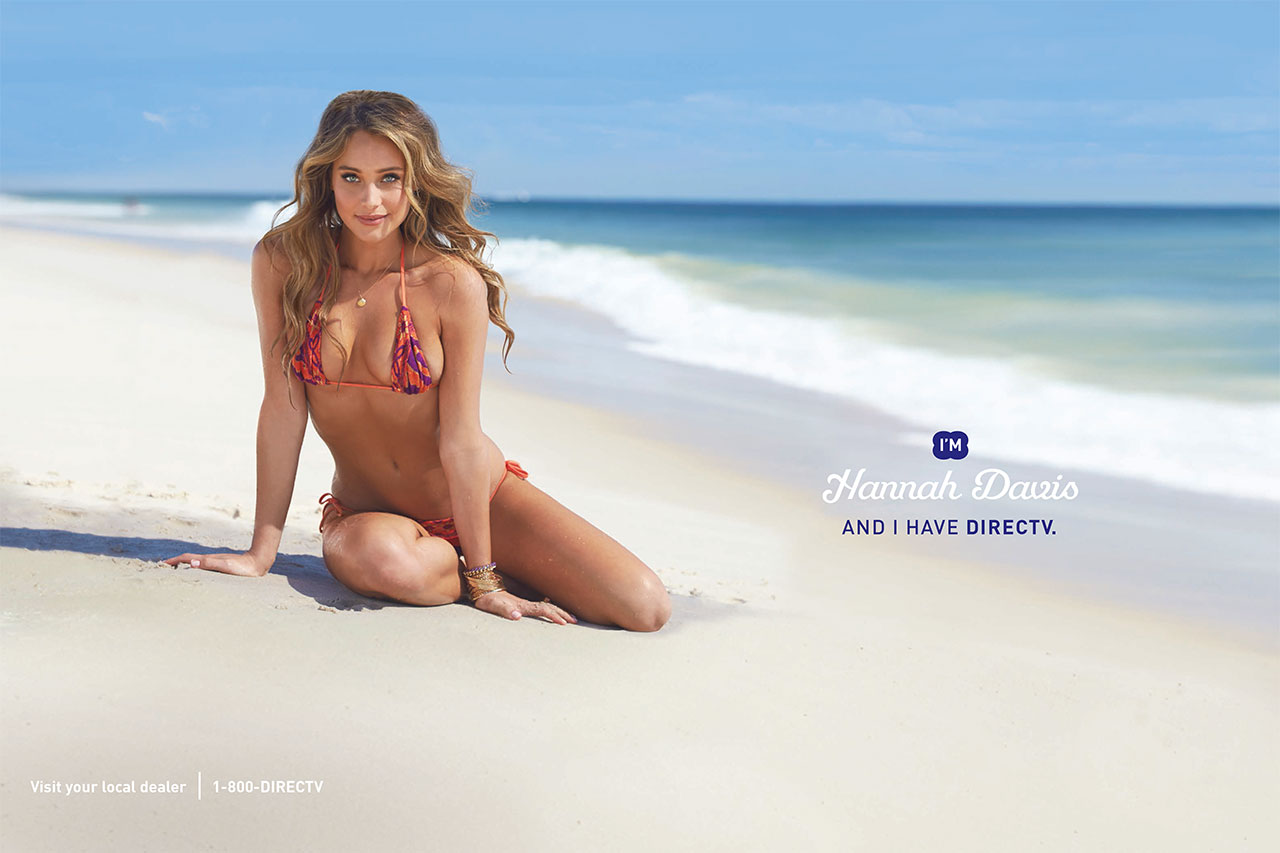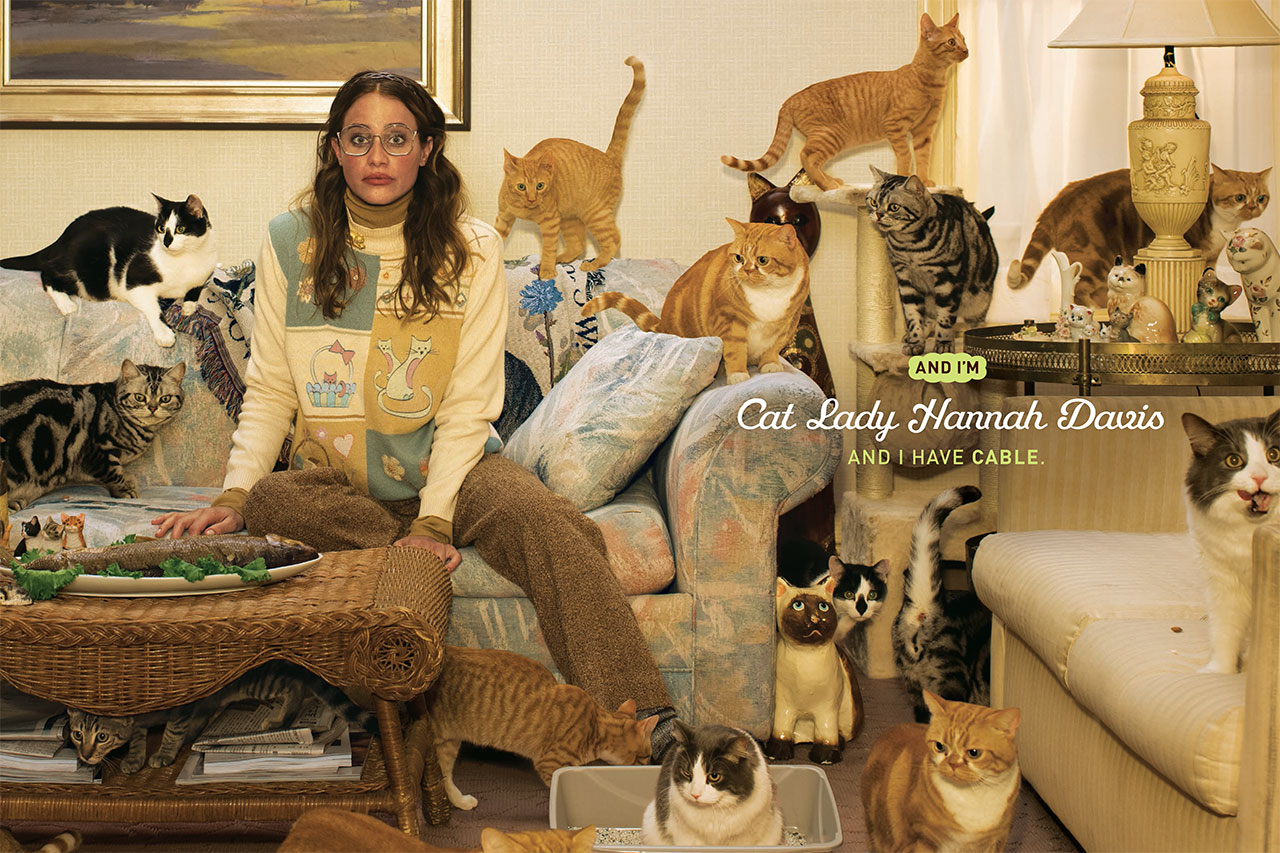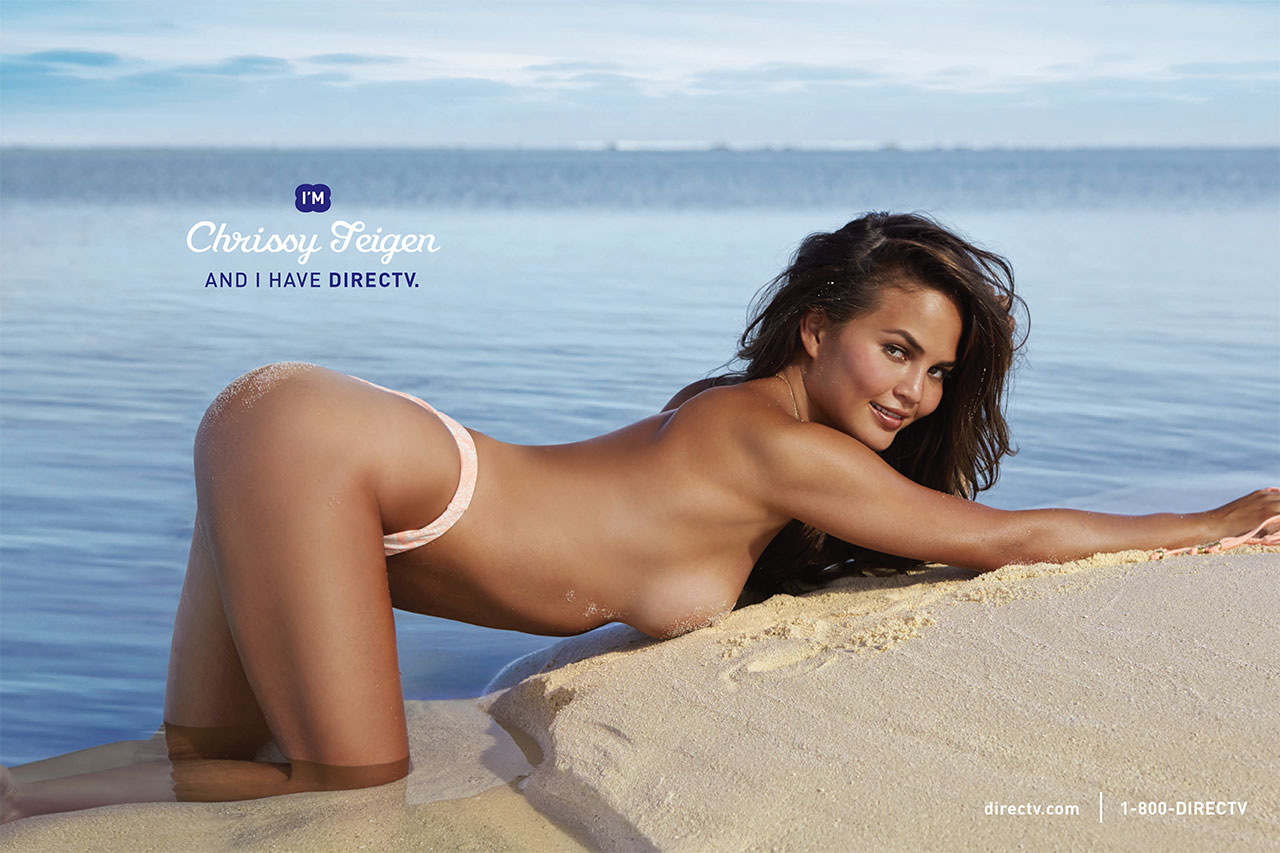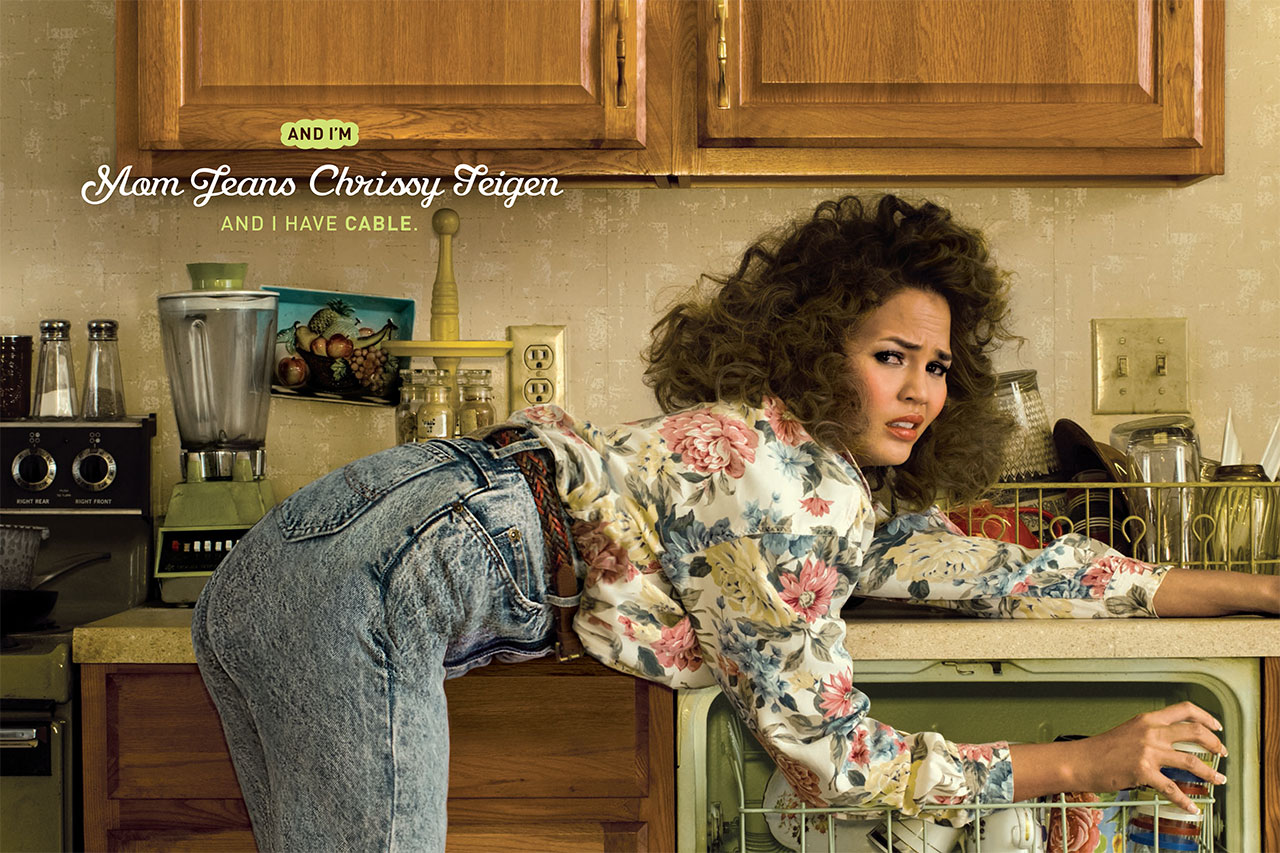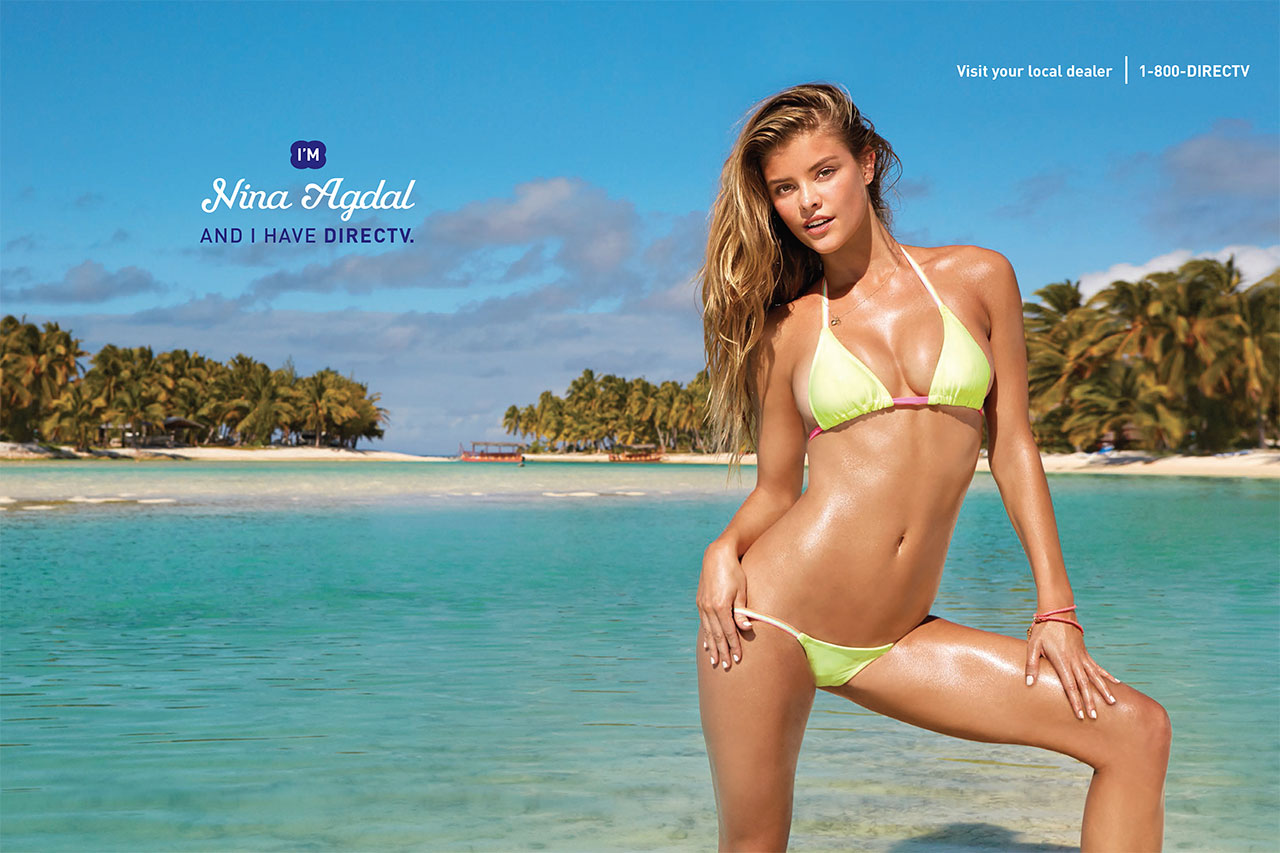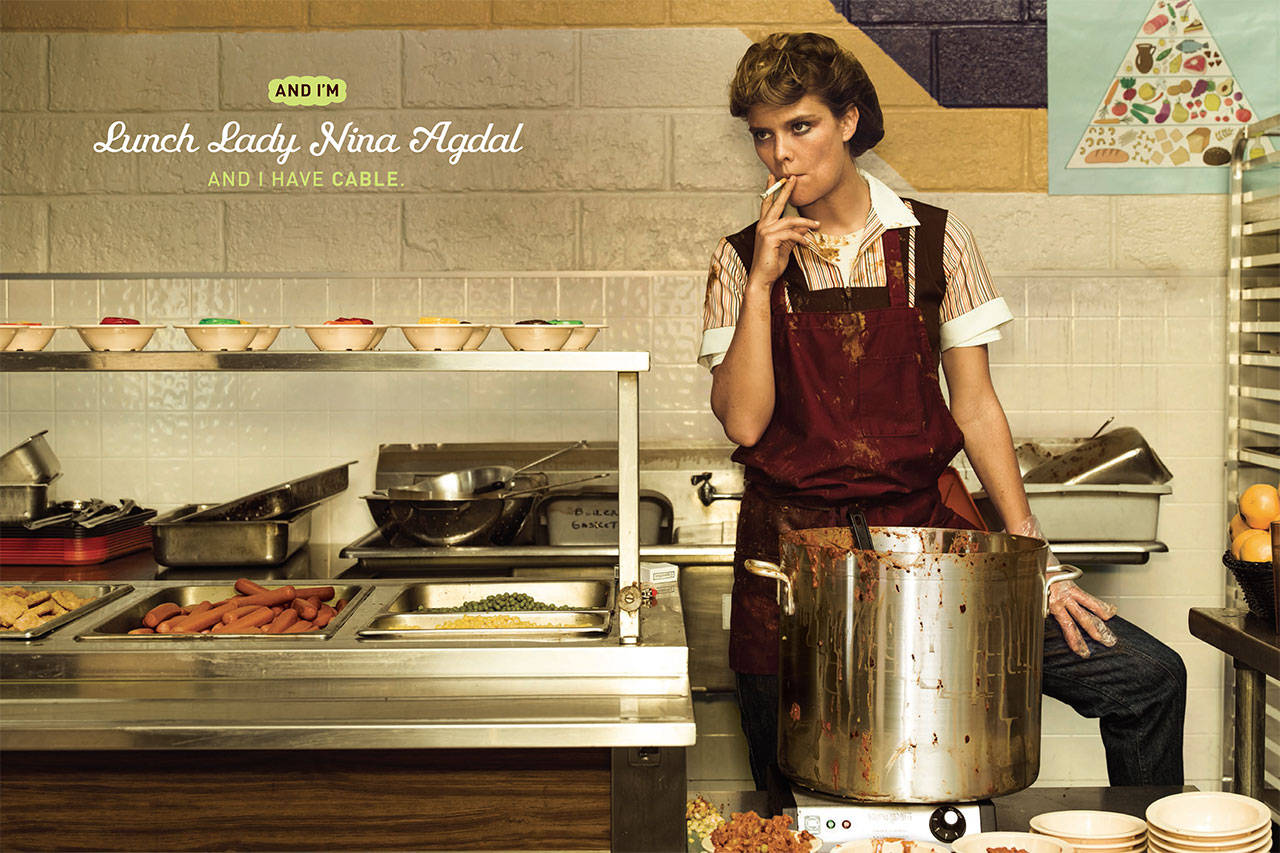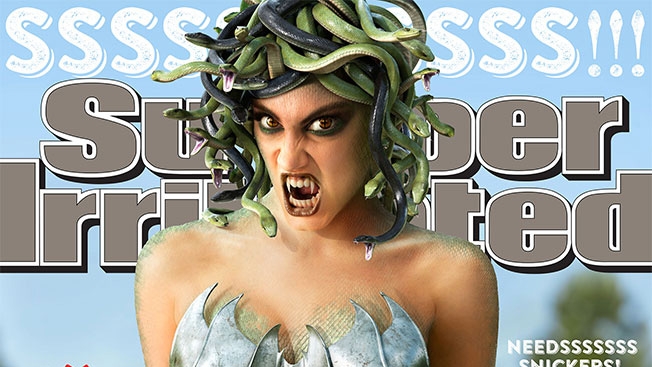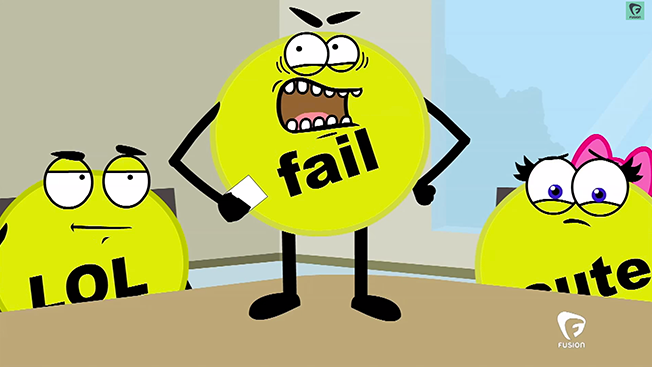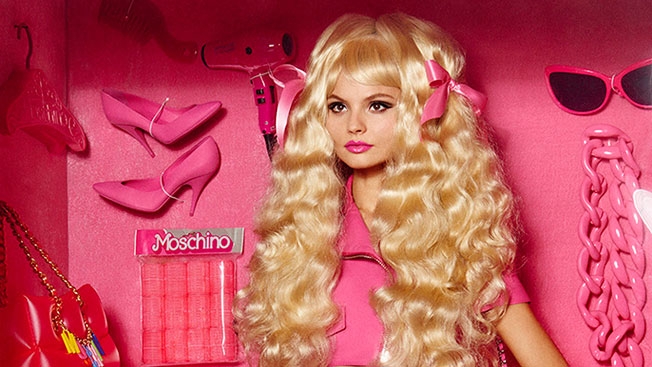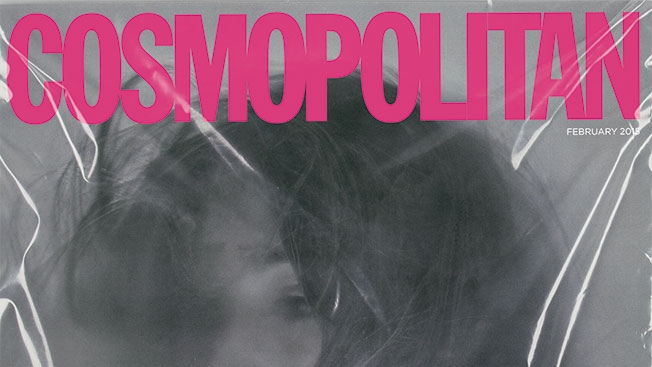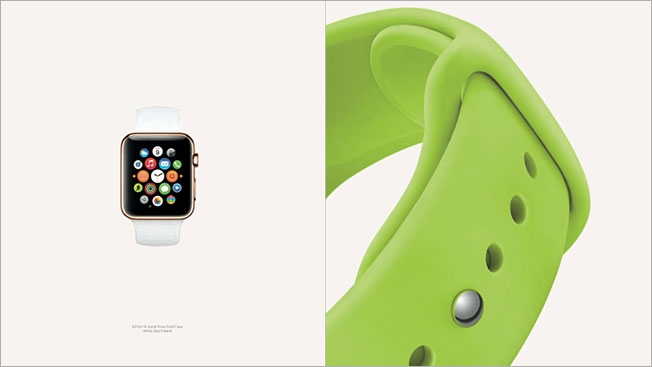
Apple Watch gets a 12-page spread in the March issue of Vogue, part of the run-up to the wearable device’s launch in April. Rate-card value: north of $2.2 million.
All three versions of the watch—the luxe 18-karat gold model, a sports watch and the leather-bound standard edition—are featured in the magazine’s “Spring Fashion Blockbuster,” and the images we’ve seen so far look appropriately stylish. (Scroll down to see for a sample of pages from the ad section.)
The sleek, angular devices are tastefully displayed in classic Apple style against plain white backgrounds. In one shot, the watch’s face appears to rise from a milky mist, the muted hues of its app icons signaling its time has arrived. Another shows a rising segment of the band in stark relief, suggesting a silvery stairway to heaven (by which I mean the nearest Apple Store, naturally).
More than anything, these arty abstractions resemble jewelry advertising, with the Apple Watch cast as the latest shiny bauble for the tech-crazed masses. Tres chic! Tres Apple!
Observers have generally lauded the strategy of positioning the watch as a fashion accessory, though some point out that Google Glass went the Vogue route with a spread two years ago and failed to catch on with the masses.
In my view, that’s an unfair comparison. The failure of Google Glass has been analyzed to death, but ultimately, its lack of “cool”—perched on users’ faces, for everyone to see—was perhaps a fatal, if unavoidable, flaw.
Apple Watch, a far more discreet wearable, won’t provide such a sorry spectacle. Like fine timepieces of old, it’s designed to be admired while remaining unobtrusive. Folks who catch a glimpse of the gadget won’t confer Glasshole-type scorn on wearers. Instead, the device will inspire curiosity and a desire to buy.
It will be in vogue in for years. Just watch.

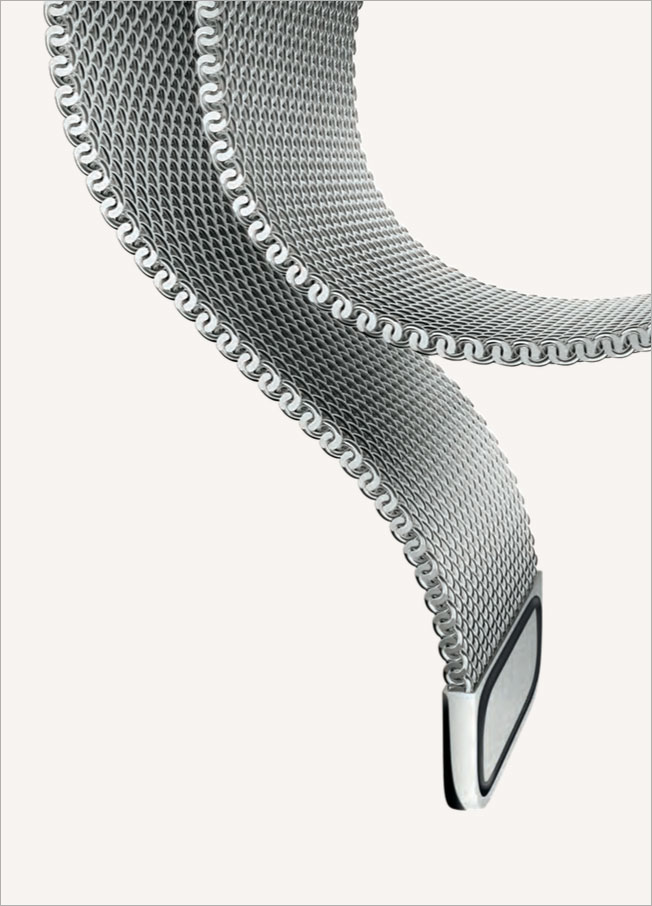

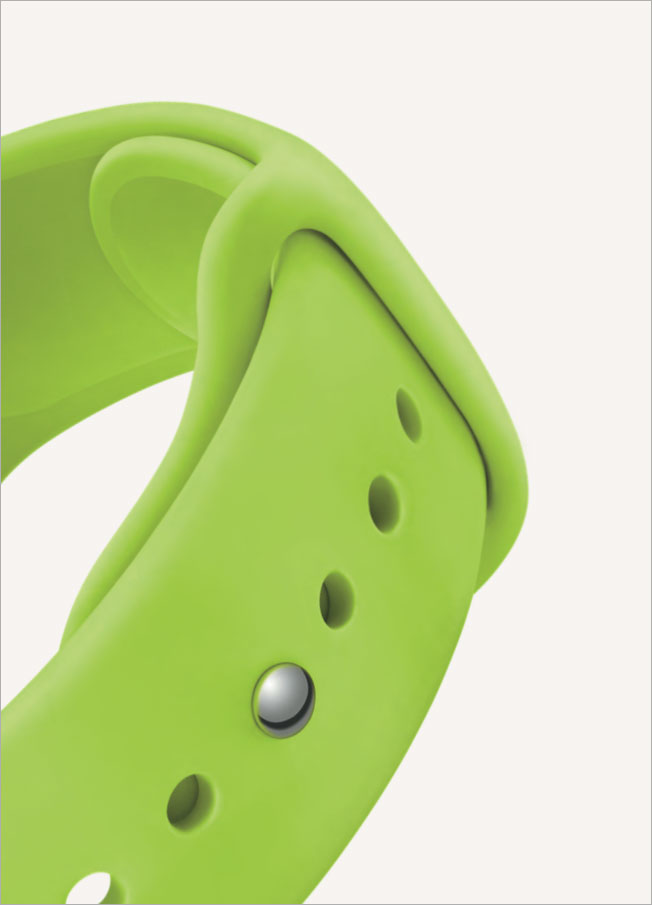

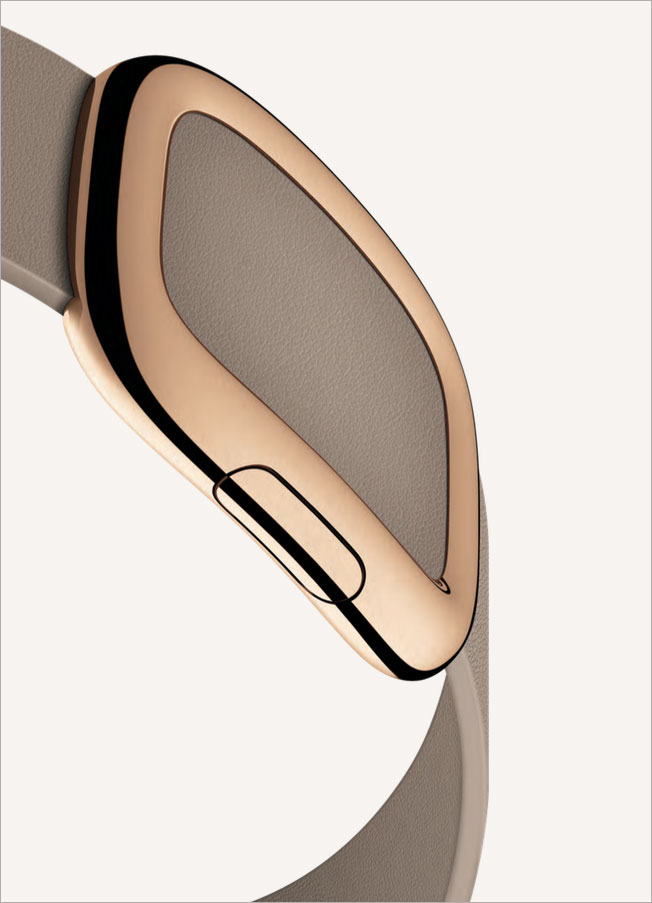
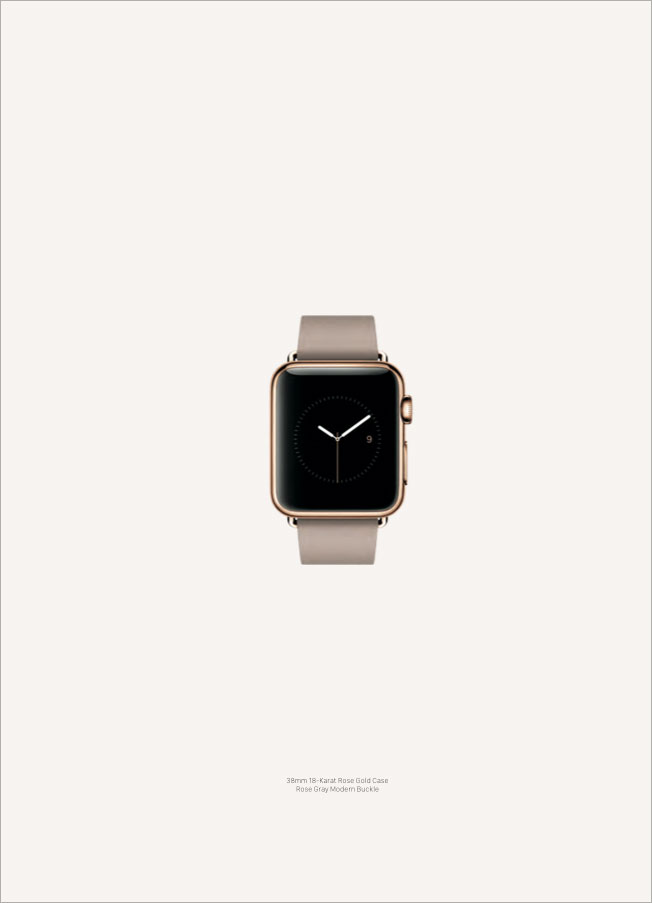
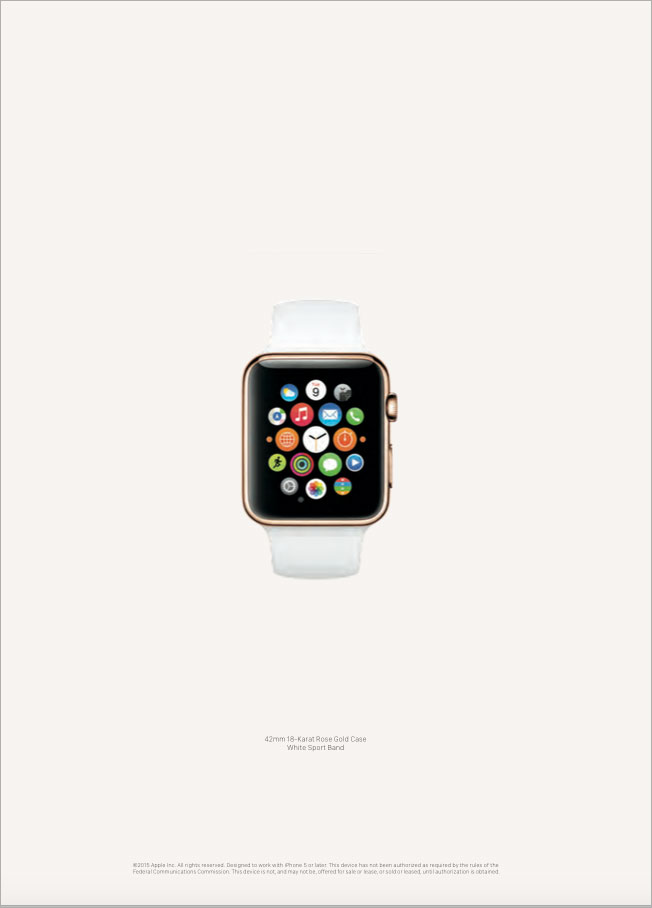





![]()





